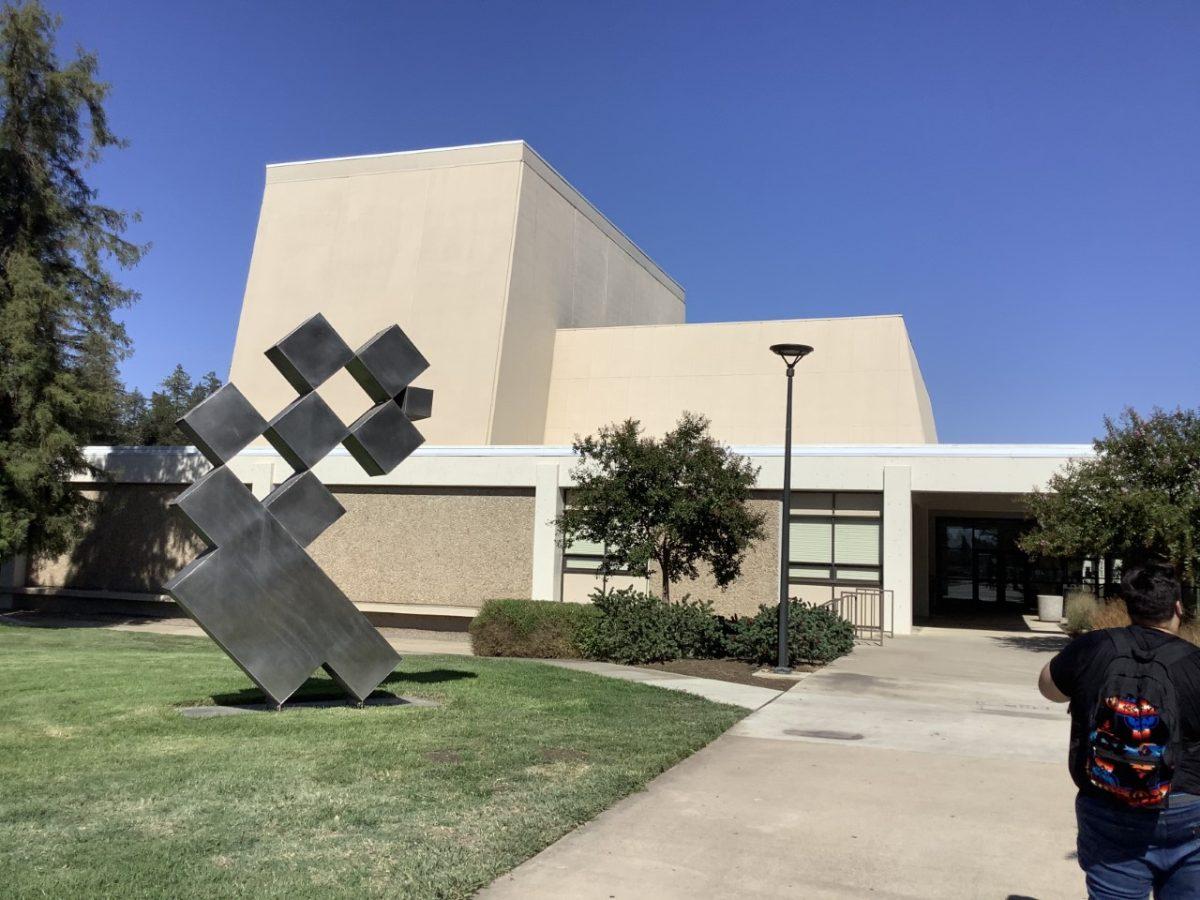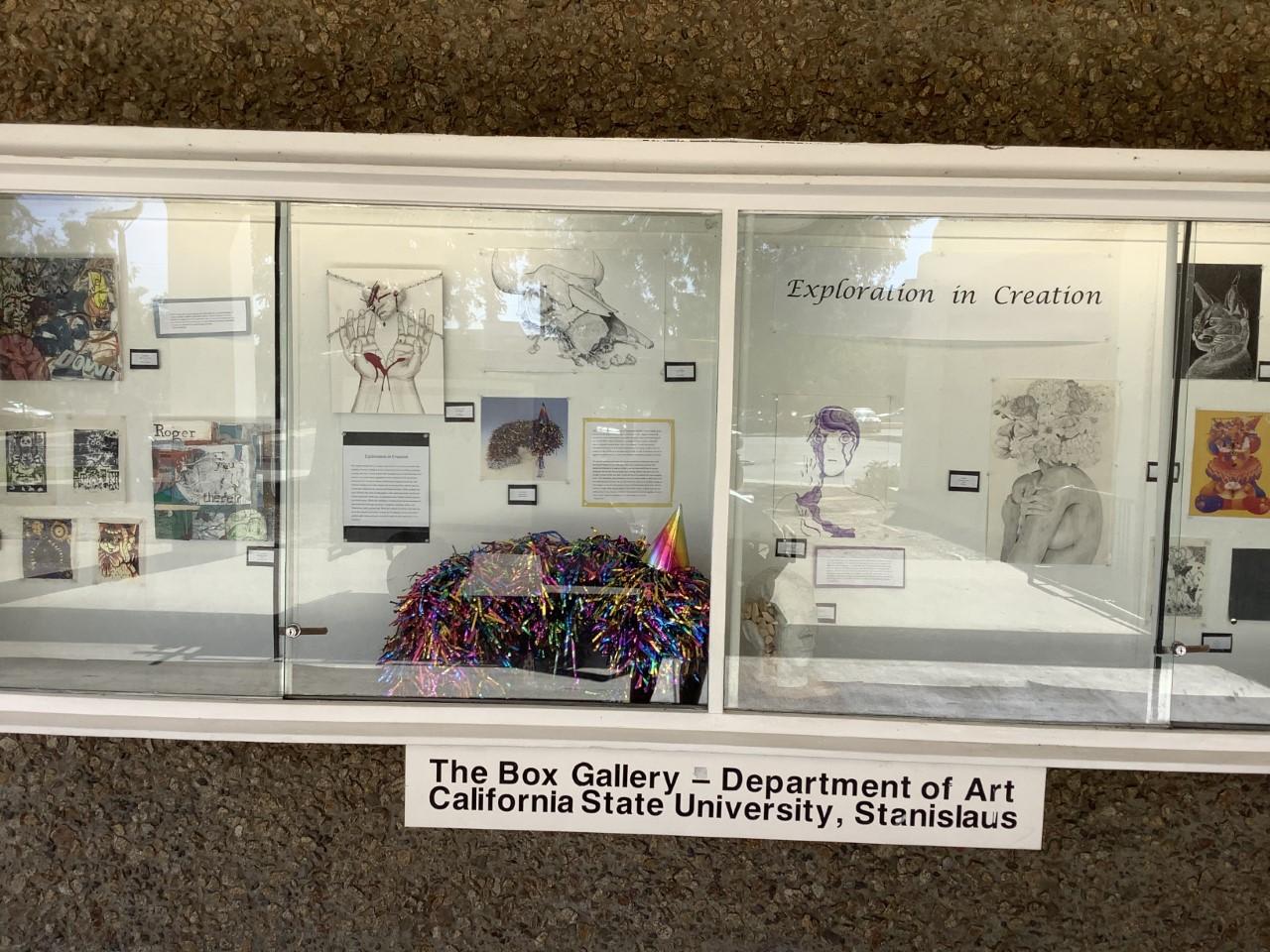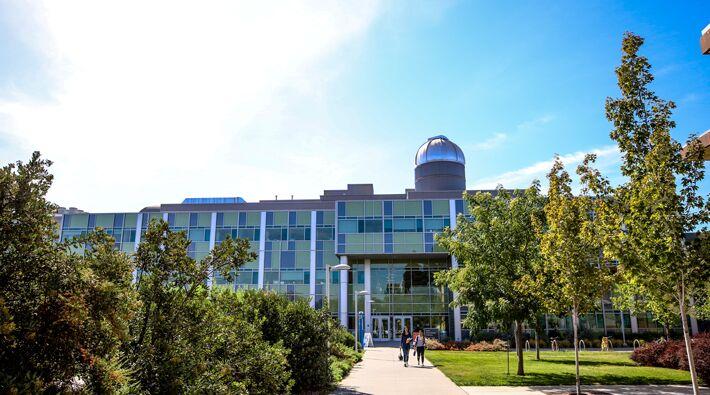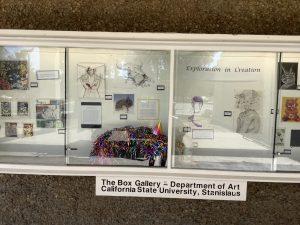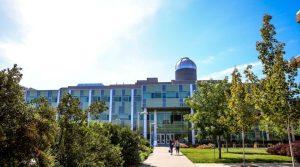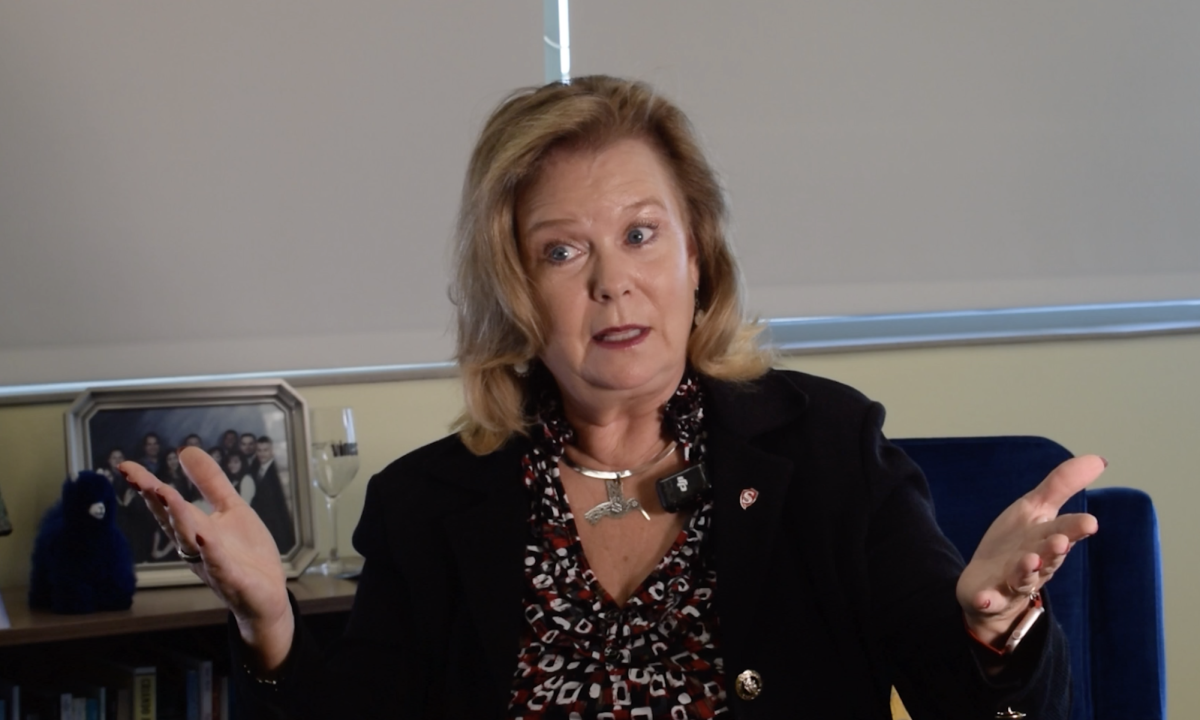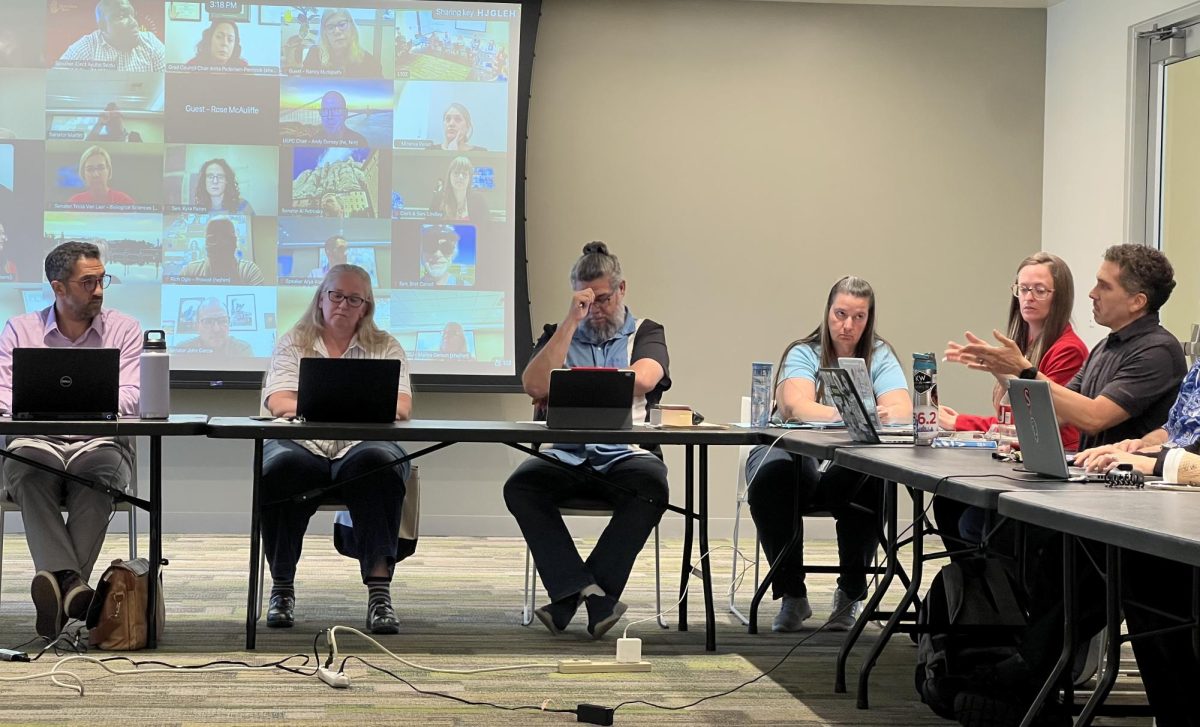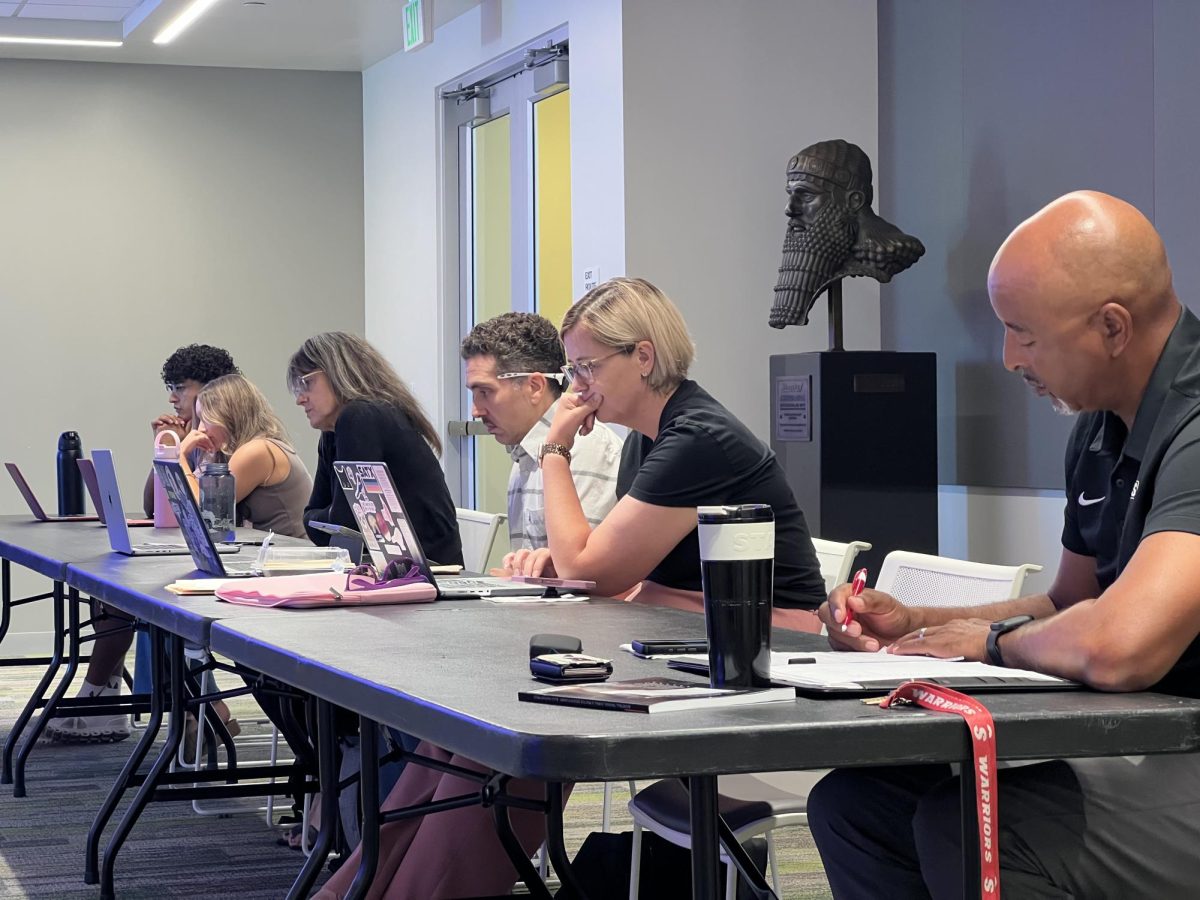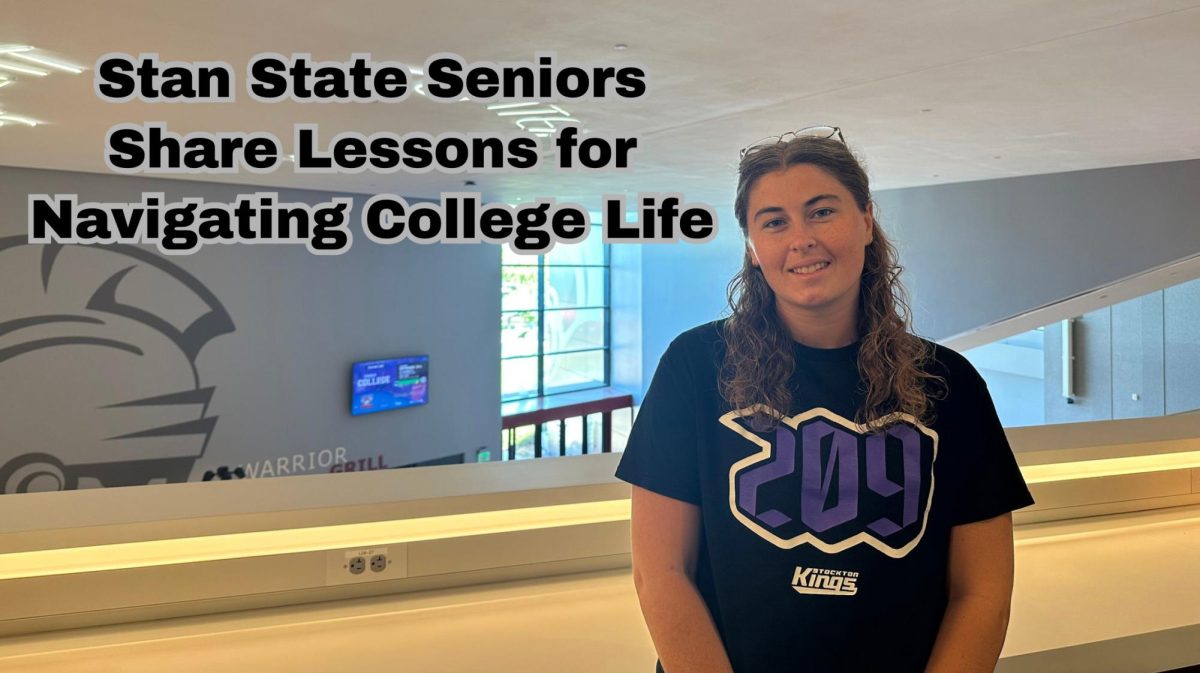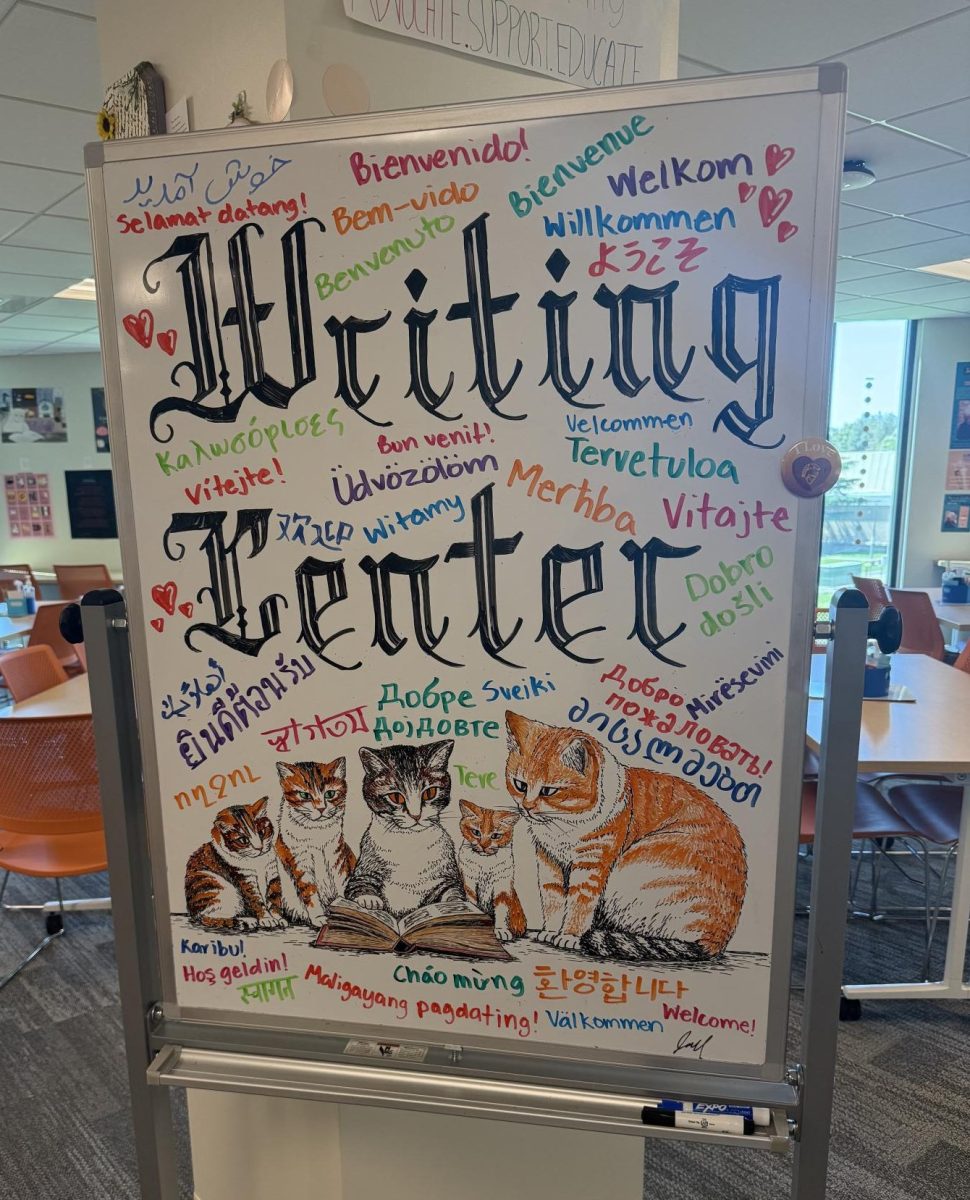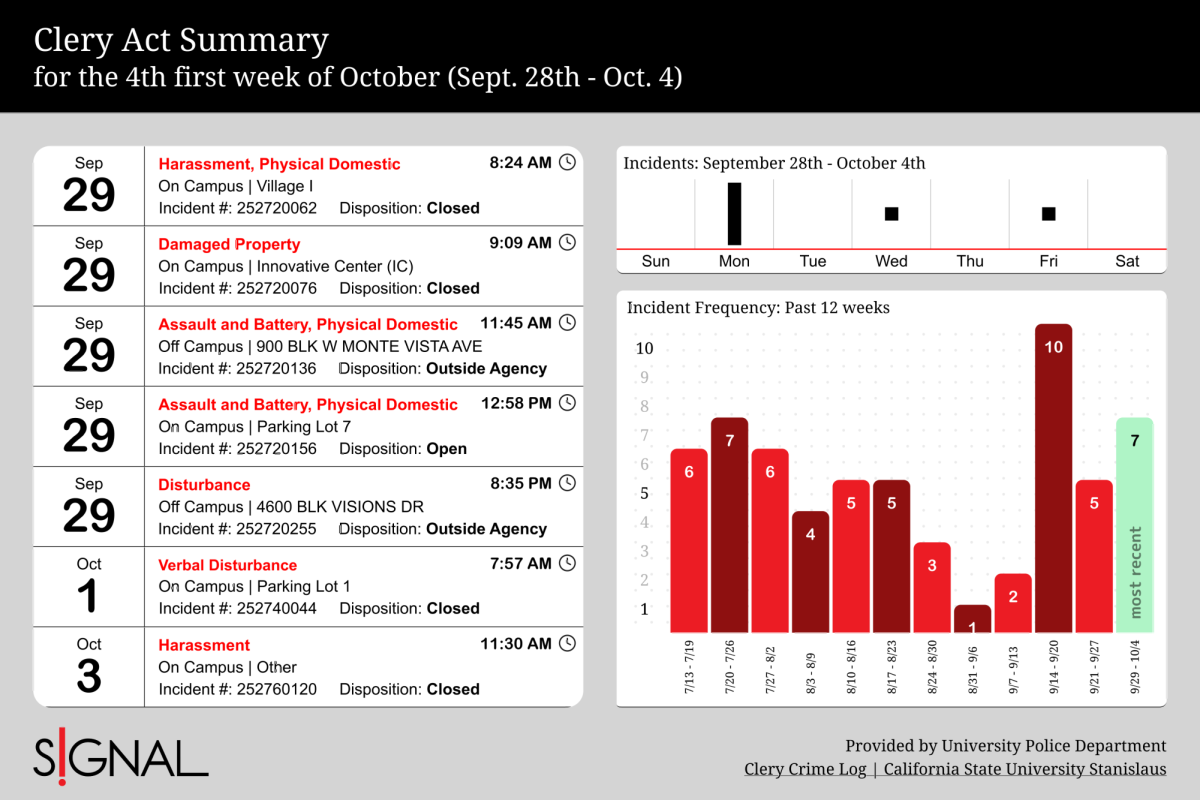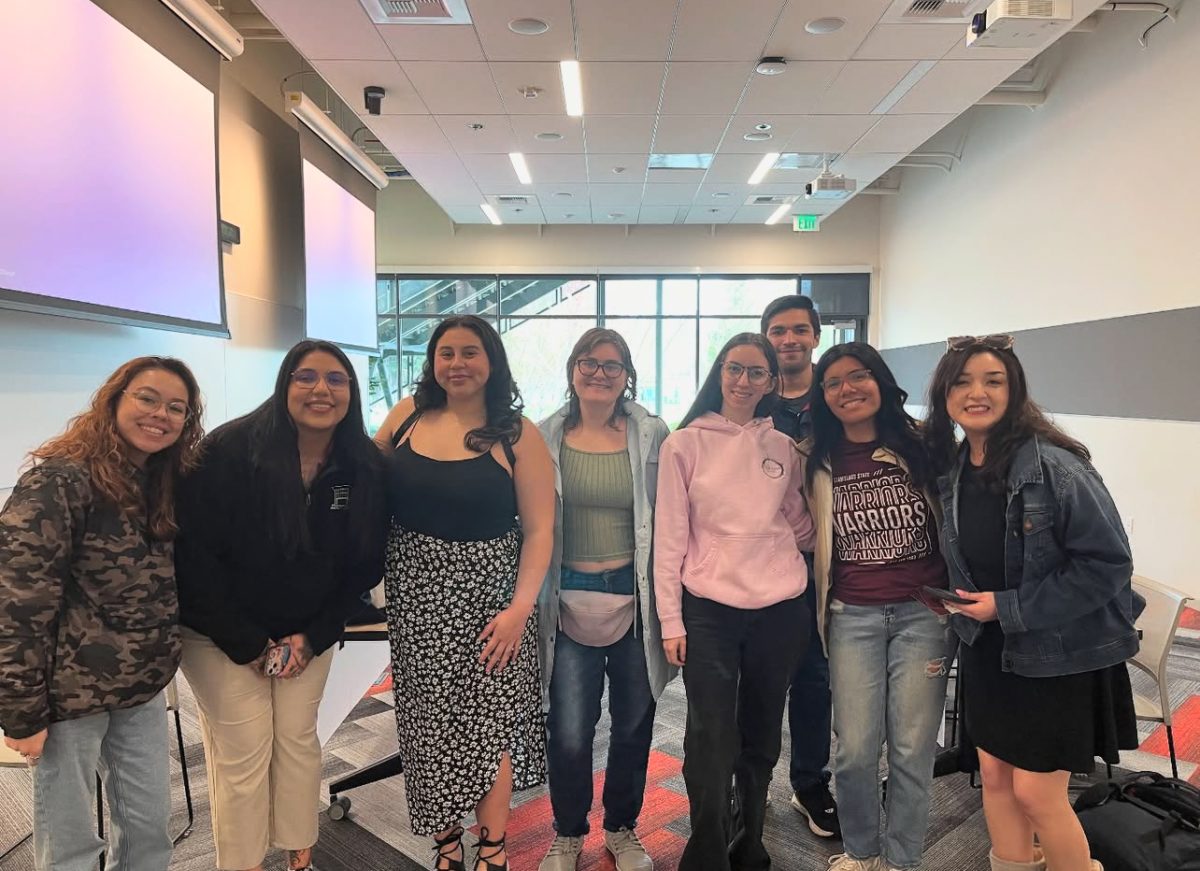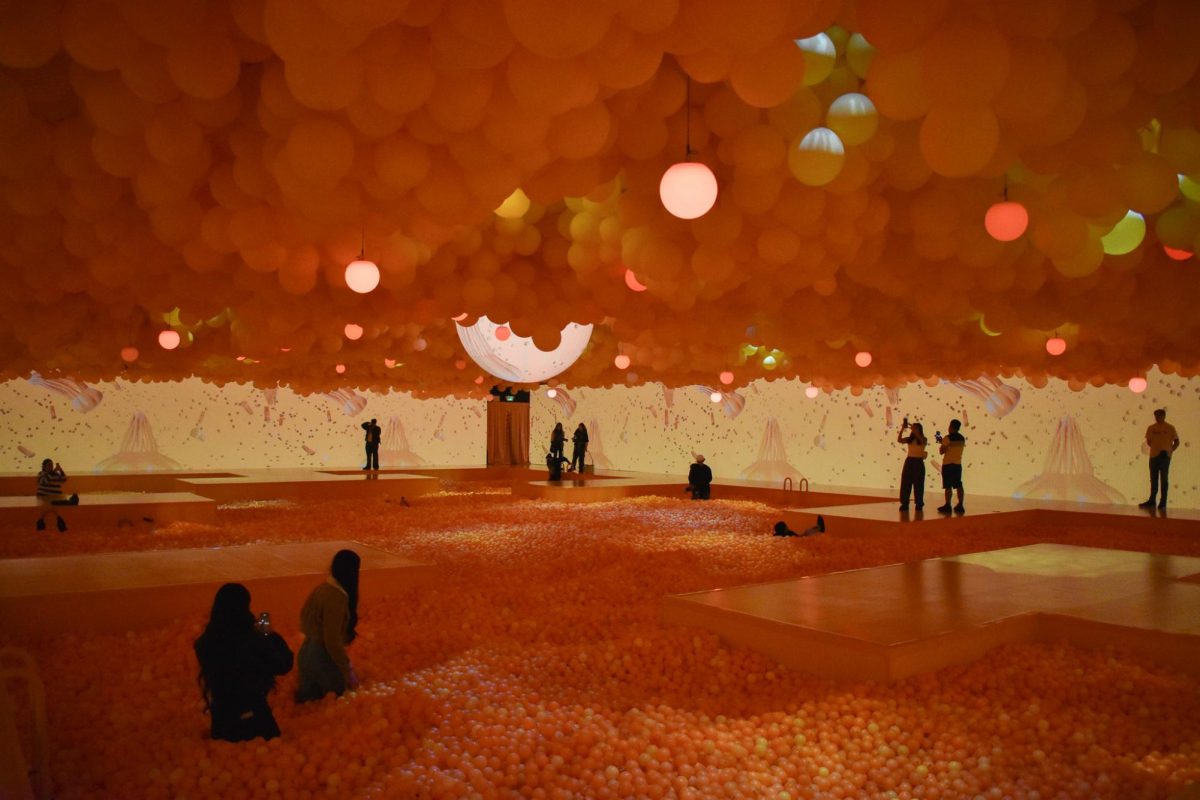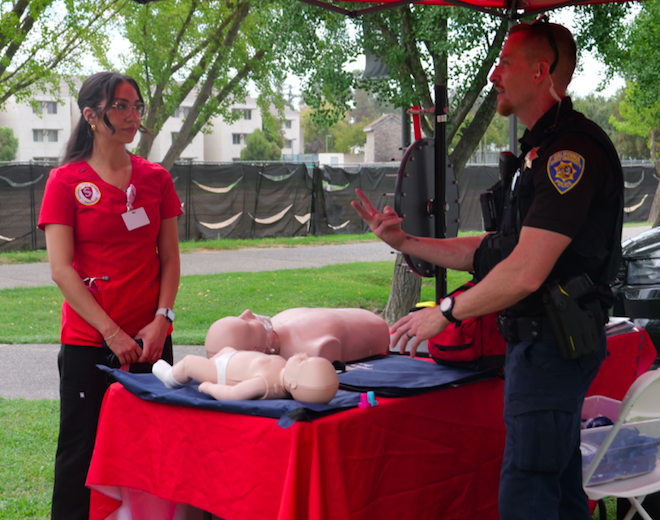There have been many differences of opinion on how college students should be educated, whether teachers should focus on arts and social skills or science and math. From these differences there have emerged two prevailing ideologies: STEM and STEAM.
In one educational model, a student’s learning focuses primarily on the sciences, often abbreviated by the major fields: Science, Technology, Engineering, and Math, or STEM, as it is more commonly called. In this method, only a secondary focus is given to the social sciences, the humanities, and the arts.
In the second approach, the arts are given equal footing with the science fields, as identified by its acronym, STEAM, or Science, Technology, Engineering, Arts and Math.
Most of us attending college now have been around long enough to see the cyclic dominance of one of these two ideologies several times over. But which one is better for our learning? And how should all the different areas be taught? Together? Apart?
STEAM from a broader perspective
Here at Stanislaus State, faculty and staff are constantly looking for new services and activities to engage the students, especially with the pandemic beginning to wind down and life returning to normal. One of these new forms of engagement here is the Warrior FabLab, which is a new student activity space where students have the opportunity to explore their more creative sides.
Jacob Wiegel, the director of the Warrior FabLab, believes this “maker-space” will be utilized by the entire university body and will help students and staff alike find opportunities for innovation and creative thought. In fact, one of the great things about the Warrior FabLab is the level of support it has received from faculty and administrators across all four disciplinary colleges on campus.
“There’s support from a broad group of people on campus already for this type of space,” Wiegel said.
While he is cautious about setting his hopes too high, he believes that the Warrior FabLab will help students in a variety of capacities and disciplines.
“Even though I’m in the art department and equipment is being borrowed from the art department, I’m really thinking about it from a broader perspective of how [the FabLab] can be utilized by students, staff, faculty, and administration across the university,” he said.
Some of the proposed items and technologies that will be available for use include devices used to help students visualize and problem solve creatively, such as 3D printers, vinyl cutters, laser cutters, and much more.
“We’re also planning to have things like button makers and 3D scanners so that we can scan items into the system and print them, as well as a virtual reality set up.”
Wiegel says that the university is looking forward to having a grand opening for the Warrior FabLab, as it will be located inside one of the classroom spaces for the newly renovated Vasche Library.
He hopes that it becomes a sort of way-station for students in multiple disciplines as they seek to expand their knowledge base and explore connections between different ideas—from everything from sculpting to genetic modeling.
“It’s my hope that the Warrior Fab Lab becomes embedded in the university culture in a way that fosters collaboration, innovation, and creative problem solving that I think really gets people thinking,” he said, “whether you’re looking at it from a liberal arts perspective or a science perspective.”
Though Wiegel is an art teacher himself, he believes extensively in fostering connections between the sciences and the arts.
“I hope that there is always a way of fostering connections between the two,” he said. “I think that both can lend themselves to strengthen the other, so art can strengthen science and vice versa.”
But while the arts and the sciences may complement each other in a lot of ways, he says that a lot of these processes in the FabLab wouldn’t even be available for the arts if it wasn’t for science.
“You know, developing computer numeric control devices, 3D printing, and all that kind of stuff so I really can’t see one without the other,” Wiegel said.
And this brings us to the heart of the issue.
“The state of California has had differing standards over the years, with alternating focus on STEM or STEAM,” he explained, adding that while you can look at the same issue or problem from multiple perspectives, “the more perspectives you get on that the more feedback you receive and hopefully the more chances of solving a problem you have.”
Jessica Gomula, a professor of visual arts at Stan State, shares a similar perspective.
“I think the arts are a really important way to make it a hands-on experience when you’re learning the material,” she said.
A lot of this has to do with the type of learner someone is, she explained. If they are a visual or kinetic learner (tactile learner), they’ll be more likely to find art a convenient medium for learning.
“A lot of students can’t just watch a video and understand how to apply the material in a real-world application,” she said.
Indeed, early research into the benefits of art as a method of learning has shown that arts not only improve attention, but also retention, stemming from our desire to learn something when it is “fun.”
And while she applauds the creation of the Warrior FabLab, she believes that the focus on art must expand beyond the college classroom down through the lower grade levels.
“When you’re talking about grade levels K through 12, I think the arts are really important helping students feel comfortable experimenting,” she said. “They need to be able to have the opportunity to fail in a safe space.”
Expanding into the humanities
But are the arts enough to make STEAM education a truly well rounded and thoughtful approach to learning?
James Tuedio, dean of the humanities department at Stan State doesn’t think so. For him, STEAM itself is lacking because it only refers to integrating the arts with the sciences, not the humanities.
“The arts are a very special area in that they work to develop a student’s creative abilities and to fine tune their capacity to produce works that reflect an artistic vision,” he said, “but the humanities are distinctly different and possess and intrinsic value based on their ability to explore the social and humanistic aspects of society.”
Tuedio explained that the goal of a humanities education is to help students develop critical thinking practices. It also cultivates their abilities to clearly understand the significance of things by tying them to their context.
“Understanding the issues around what a human being is, what a community of human beings is, what a society of human beings is, and what humanity is,” he said.
When asked about the application of the humanities within the sciences, he said sometimes the sciences can lack context owing to their purely logical progression.
“Personally, I think there is a lot of room for critical thinking with respect to the application of scientific knowledge,” he said.
He also believes that a lot of recent technological and scientific progress has come with without a great deal of influence from the humanities to really evaluate what that progress was costing us socially.
“Unfortunately, professionals in the humanities were not consulted about a lot of these technological innovations and applications that we, as a society, have struggled to deal with socially,” he said.
Unsurprisingly, Tuedio advocates a strong humanities presence in any form of STEAM education.
Humanities offers students in the sciences an opportunity to think critically about the ethics of the science they are pursuing. Think of where we would be now if the creators of nuclear fission reaction and the inventors of the atom bomb had paused to consider the ethics of their work for the US military. Would we even have nuclear weapons?
Applying other languages into the STEM
In addition to helping societies determine the ethical and moral responsibilities that accompany new technological and scientific innovations and discoveries, the humanities also seek to connect us through languages.
Mirta Maldonado, a Stan State faculty member with the TESOL program who teaches English to speakers of other languages, believes that funding for STEM programs is prioritized over that of the humanities and applied arts.
She finds that people often don’t consider learning a second language as essential to success but said it can be valuable in the STEM fields.
“It’s important to understand how crucial communication is when working across national, ethnic and lingual boundaries” Maldonado said.
In addition to the necessity of language for a student’s success, there’s also the matter of how languages, by their very nature, bridge the humanities and the sciences. On the one hand, their grammar and structure have a basis in the logic of math, but at the same time possess a more artistic and organic quality.
Maria Albert, a math professor from Merced Junior College drew on her immigrant experience when talking about the benefits of STEAM over STEM.
“In India, where I’m from, it is common practice to fully integrate both the non-STEM and STEM fields,” she said. “You have to have complete academic rigor in all areas, even if you choose to never use some of it again.”
When asked about how the university could promote connections between STEM and non-STEM areas, Tuedio described a model of co-teaching that some universities have adopted, whereby two teachers of different subjects will teach both those subjects in the same class. Unfortunately, Stan State does not have the resources to pay two teachers for every class, and while some faculty might have dual credentials to teach in various subjects, there are not enough of them.
But students often don’t want this kind of education. Rather, they are extremely interested in learning about the connections of how one subject field is applied in another subject field, as Angeline Dauz (sophomore, Chemistry) puts it.
“I think it’s more effective to have the humanities I take for my general-ed classes connect to my science courses and society at large,” she said.
Stepping back to look at the university community as a whole, it is clear that faculty, staff, administrators, and students believe that STEAM offers a better education than STEM, with many of these same people arguing that the value of the arts, language education, the humanities, and other social sciences cannot be ignored.
As Tina Kline, the mother of a STEM major in his second year at Stan State summed it up, “you need language in order to communicate effectively and accurately when exchanging information and research ideas,” she said.
She added that art is important because it is mind expanding, helping kids to learn to think outside the box and can lead to new breakthroughs.
“Literature is important because it teaches you about the world, about history, about the mistakes that were made in the past, so that you have an ethical mind and use the power of science in the right way instead,” Kline said.
Categories:
STEM and STEAM
By contributing writer, JC Aguirre
•
October 4, 2022
A sculpture at the entrance to the art and theater departments at Stan State. STEAM education includes an emphasis on the arts. (Photo by JC Aguirre)
0
Donate to Signal
Your donation will support the student journalists of California State University, Stanislaus. Your contribution will allow us to purchase equipment and cover our annual website hosting costs.
More to Discover

